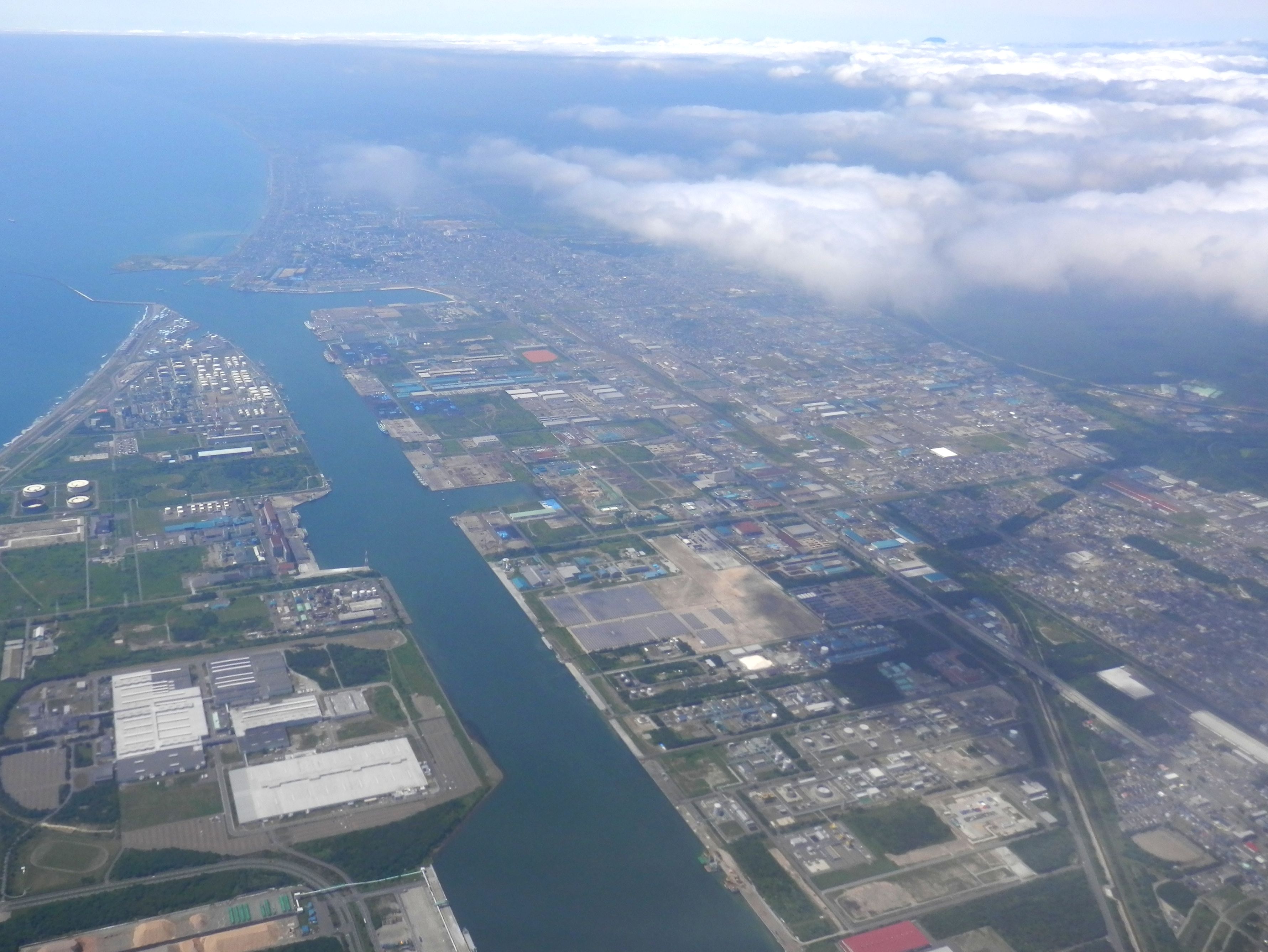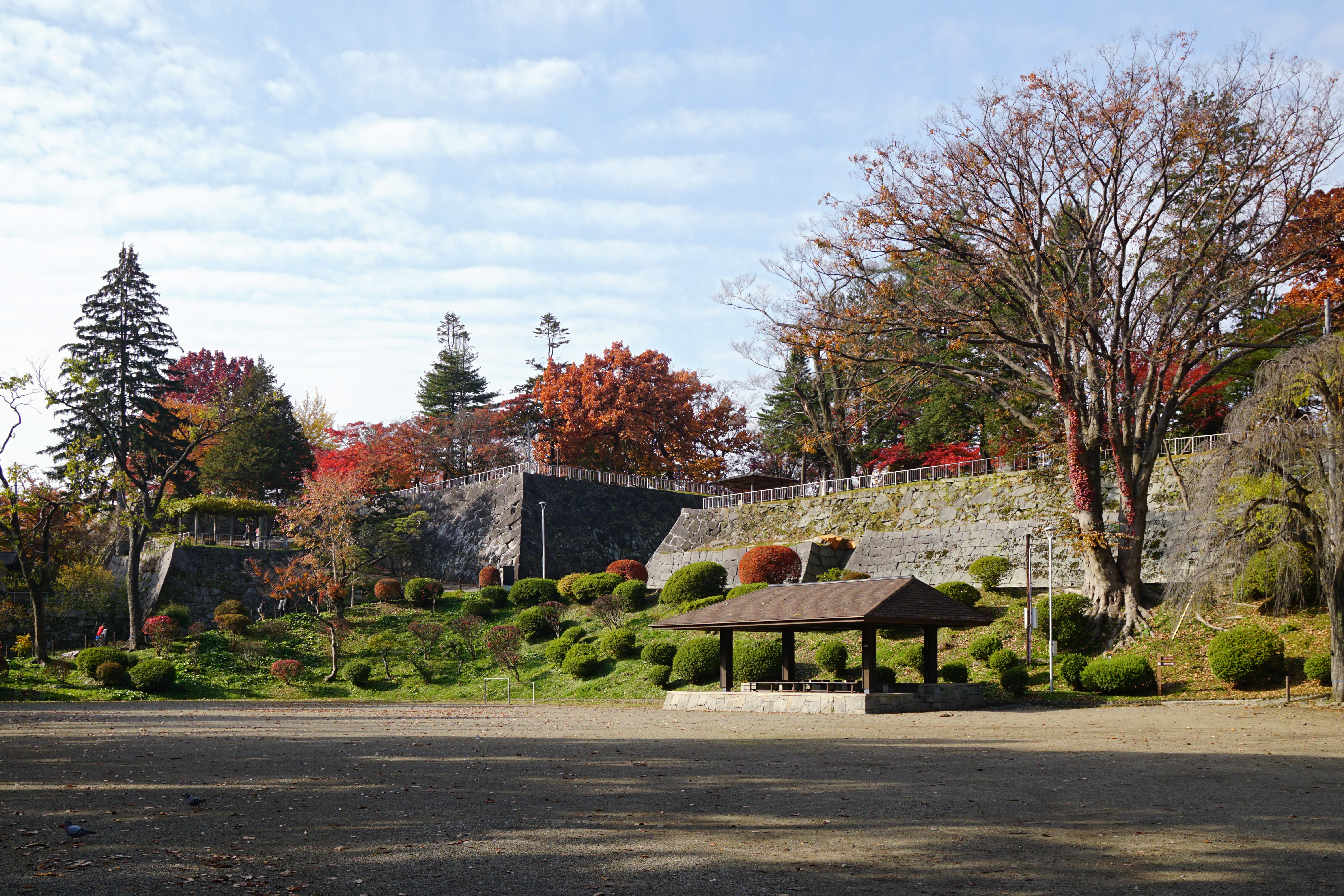|
Japanese Figure Skating Championships
The Japan or All-Japan Figure Skating Championships ( ja, 全日本フィギュアスケート選手権) are a figure skating national championship held annually to determine the national champions of Japan. Skaters compete in the disciplines of men's singles, ladies' singles, pair skating, and ice dancing Ice dance (sometimes referred to as ice dancing) is a discipline of figure skating that historically draws from ballroom dancing. It joined the World Figure Skating Championships in 1952, and became a Winter Olympic Games medal sport in 1976. A ..., although not every discipline has been held every year due to a lack of competitors. Skaters compete at the senior level; Junior level skaters compete at the Japan Junior Figure Skating Championships. Medalists Men Ladies Pairs Ice dancing See also * Japan Junior Figure Skating Championships References External links Japan Skating Federation official results & data {{National Figure Skating Championships Fig ... [...More Info...] [...Related Items...] OR: [Wikipedia] [Google] [Baidu] |
Figure Skating Competition
A figure skating competition is a judged sports competition in figure skating. Types of figure skating competitions International International competitions sanctioned by the International Skating Union (ISU) are governed by the union's rules. Skaters are entered by their respective national skating federations. * ISU Championships: World Figure Skating Championships, World, European Figure Skating Championships, European, Four Continents Figure Skating Championships, Four Continents, and World Junior Figure Skating Championships, World Junior Championships, as well as the ISU World Synchronized Skating Championships, World Synchronized Skating Championships. * Figure skating at the Olympic Games * Senior invitational international competitions, such as the ISU Grand Prix of Figure Skating. * ISU Challenger Series such as Nebelhorn Trophy, Ondrej Nepela Memorial, and Finlandia Trophy, started in the 2014–15 figure skating season, 2014-15 season. ISU decided to support a restr ... [...More Info...] [...Related Items...] OR: [Wikipedia] [Google] [Baidu] |
Tokyo
Tokyo (; ja, 東京, , ), officially the Tokyo Metropolis ( ja, 東京都, label=none, ), is the capital and largest city of Japan. Formerly known as Edo, its metropolitan area () is the most populous in the world, with an estimated 37.468 million residents ; the city proper has a population of 13.99 million people. Located at the head of Tokyo Bay, the prefecture forms part of the Kantō region on the central coast of Honshu, Japan's largest island. Tokyo serves as Japan's economic center and is the seat of both the Japanese government and the Emperor of Japan. Originally a fishing village named Edo, the city became politically prominent in 1603, when it became the seat of the Tokugawa shogunate. By the mid-18th century, Edo was one of the most populous cities in the world with a population of over one million people. Following the Meiji Restoration of 1868, the imperial capital in Kyoto was moved to Edo, which was renamed "Tokyo" (). Tokyo was devastate ... [...More Info...] [...Related Items...] OR: [Wikipedia] [Google] [Baidu] |
Tomakomai
is a city and port in Iburi Subprefecture, Hokkaido, Japan. It is the largest city in the Iburi Subprefecture, and the fourth largest city in Hokkaido. As of 29 February 2012, it had an estimated population of 174,216, with 83,836 households, and a population density of 310.27 persons per km2 (803.60 persons per sq. mi.). The total area is . History The name of Tomakomai is derived from Ainu words "to" and "makomai", meaning "Marsh" and "River which goes into the depths of the mountain", respectively. *1879: Yūfutsu branch of Hokkaidō Development Commission was transferred into Tomakomai (Foundation anniversary). *1902: Tomakomai became second class village. *1918: Tomakomai village became Tomakomai town. *1948: Tomakomai town became Tomakomai city. *1963: Tomakomai Port (West) was opened. *1980: Tomakomai Port (East) was opened. *6 September 2018: Tomakomai City is the nearest city from the epicenter of the 2018 Hokkaido Eastern Iburi earthquake. Geography Mount Tarumae i ... [...More Info...] [...Related Items...] OR: [Wikipedia] [Google] [Baidu] |
Suwa, Nagano
is a city located in Nagano Prefecture, Japan. , the city had an estimated population of 48,972 in 20698 households, and a population density of 452 persons per km². The total area of the city is . History The shores of Lake Suwa have been inhabited since at least the Japanese Paleolithic period. The Suwa clan ruled the area since the Nara period, and the area developed as a castle town for Suwa Domain under the Edo period Tokugawa shogunate and as a post station on the Kōshū Kaidō highway. In the post-Meiji restoration cadastral reforms of April 1, 1889, the village of Kamisuwa was established. Kawasuwa was elevated to town status on April 20, 1891. After merger with the villages of Shiga and Toyoda (from Suwa District), Kamisuwa was elevated to city status on August 10, 1941, changing its name to Suwa. Geography Suwa is located in central Nagano Prefecture, bordered on the north and west by Lake Suwa, approximately 100 kilometers south of the prefectural capital of N ... [...More Info...] [...Related Items...] OR: [Wikipedia] [Google] [Baidu] |
Morioka
is the capital city of Iwate Prefecture located in the Tōhoku region of northern Japan. On 1 February 2021, the city had an estimated population of 290,700 in 132,719 households, and a population density of . The total area of the city is . Geography Morioka is located in the in central Iwate Prefecture, at the confluence of three rivers, the Kitakami, the Shizukuishi and the Nakatsu. The Kitakami River is the second largest river on the Pacific side of Japan (after the Tone River) and the longest in the Tōhoku region. It runs through the city from north to south and has a number of dams within the city boundaries, including the Shijūshida Dam and Gandō Dam. An active volcano, Mount Iwate, dominates the view to the northwest of the city. Mount Himekami is to the north and Mount Hayachine can sometimes be seen to the southeast. Surrounding municipalities Iwate Prefecture *Hanamaki * Hachimantai * Takizawa * Miyako *Shizukuishi * Kuzumaki * Shiwa *Yahaba * Iwaizumi Demo ... [...More Info...] [...Related Items...] OR: [Wikipedia] [Google] [Baidu] |
Kiyoshi Iwasaki
Kiyoshi, (きよし or キヨシ), is a Japanese given name, also spelled Kyoshi. Possible meanings *''Kyōshi'', a form of Japanese poetry *Kyōshi, a Japanese honorific Possible writings *清, "cleanse" *淳, "pure" *潔, "undefiled" *清志, "cleanse, intention" *清司, "cleanse, official" *聖, "holy" *澄, "lucidity" *潔司, "undefiled, official" People with the name *Akira Raijin, Akira Kawabata ("Kiyoshi"), pro wrestler *, Japanese sport wrestler *, Japanese pole vaulter *, Japanese film actor *, Japanese baseball player *, Japanese ice hockey player *, Japanese ice hockey player *, Japanese admiral *, Japanese artist *, Japanese Enka singer *, Japanese historian and Shinto priest *, Japanese drummer of Asian Kung-Fu Generation *, a Shiatsu Master, Shiatsupractor (SPR), *, Japanese academic, historian and writer *, Japanese mathematician *, Japanese general soldier *, Japanese Christian journalist *, Japanese voice actor *, Japanese businessman *, Japanese actor *, Japan ... [...More Info...] [...Related Items...] OR: [Wikipedia] [Google] [Baidu] |
Hachinohe
is a city located in Aomori Prefecture, Japan. , the city had an estimated population of 221,459, and a population density of 725 persons per km2 in 96,092 households, making it Aomori Prefecture's second largest city by population. The city has a total area of . History The area around Hachinohe has been occupied since prehistoric times, and was a major population center for the Emishi people. Numerous Jōmon period remains have been discovered within the borders of Hachinohe. The area was nominally under control of the Northern Fujiwara in the Heian period, and became part of the holdings granted to the Nanbu clan after the defeat of the North Fujiwara by Minamoto no Yoritomo in the Kamakura period. The Nanbu established numerous horse ranches, accompanied by numbered fortified settlements. During the Edo period, it was initially part of Morioka Domain, but in 1664 the Tokugawa shogunate authorized the creation of a separate 20,000 ''koku'' Hachinohe Domain for a junior line ... [...More Info...] [...Related Items...] OR: [Wikipedia] [Google] [Baidu] |
World War II
World War II or the Second World War, often abbreviated as WWII or WW2, was a world war that lasted from 1939 to 1945. It involved the vast majority of the world's countries—including all of the great powers—forming two opposing military alliances: the Allies and the Axis powers. World War II was a total war that directly involved more than 100 million personnel from more than 30 countries. The major participants in the war threw their entire economic, industrial, and scientific capabilities behind the war effort, blurring the distinction between civilian and military resources. Aircraft played a major role in the conflict, enabling the strategic bombing of population centres and deploying the only two nuclear weapons ever used in war. World War II was by far the deadliest conflict in human history; it resulted in 70 to 85 million fatalities, mostly among civilians. Tens of millions died due to genocides (including the Holocaust), starvation, ma ... [...More Info...] [...Related Items...] OR: [Wikipedia] [Google] [Baidu] |
Shin Kurahashi
Shin may refer to: Biology * The front part of the human leg#Structure, human leg below the knee * Shinbone, the tibia, the larger of the two bones in the leg below the knee in vertebrates Names * Shin (given name) (Katakana: シン, Hiragana: しん), a Japanese given name * Shin (Korean surname) (Hangul: 신, Hanja: 申, 辛, 愼), a Korean family name * Shin (Chinese: 新, which means "new"), spelled in Pinyin as Xin (surname), Xin Fictional characters *Shin Akuma, a character in the Street Fighter series *Shin Asuka (other), multiple * Shin Malphur, a character in the video game ''Destiny 2: Forsaken'' *Kamen Rider Shin, a character in the Kamen Rider series *Seijuro Shin (進), a character in the manga and anime series ''Eyeshield 21'' * A character in the manga Dorohedoro * A character in the manga and anime ''Fist of the North Star'' Music * Shin (band) ( zh, 信樂團, links=no) * Shin (singer) (蘇見信), a Taiwanese singer and former lead singer of the band ... [...More Info...] [...Related Items...] OR: [Wikipedia] [Google] [Baidu] |



.png)
